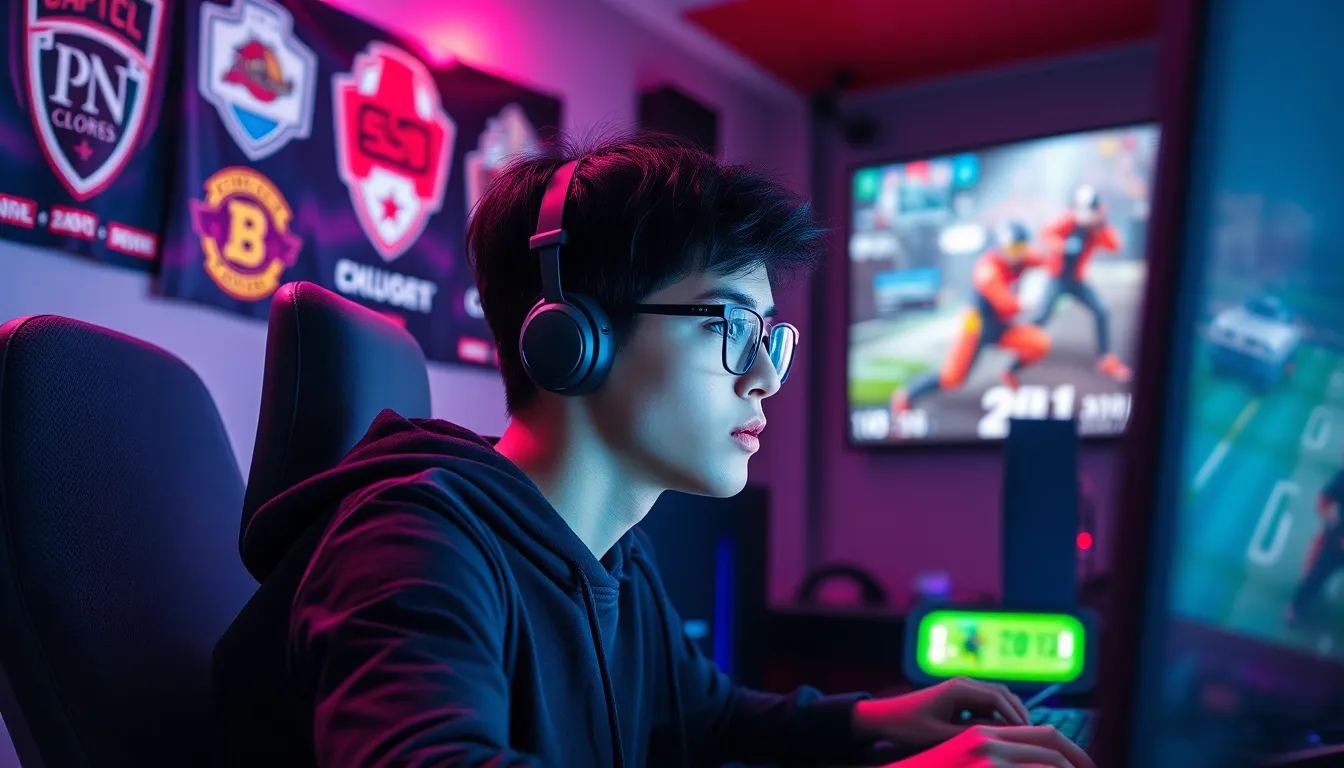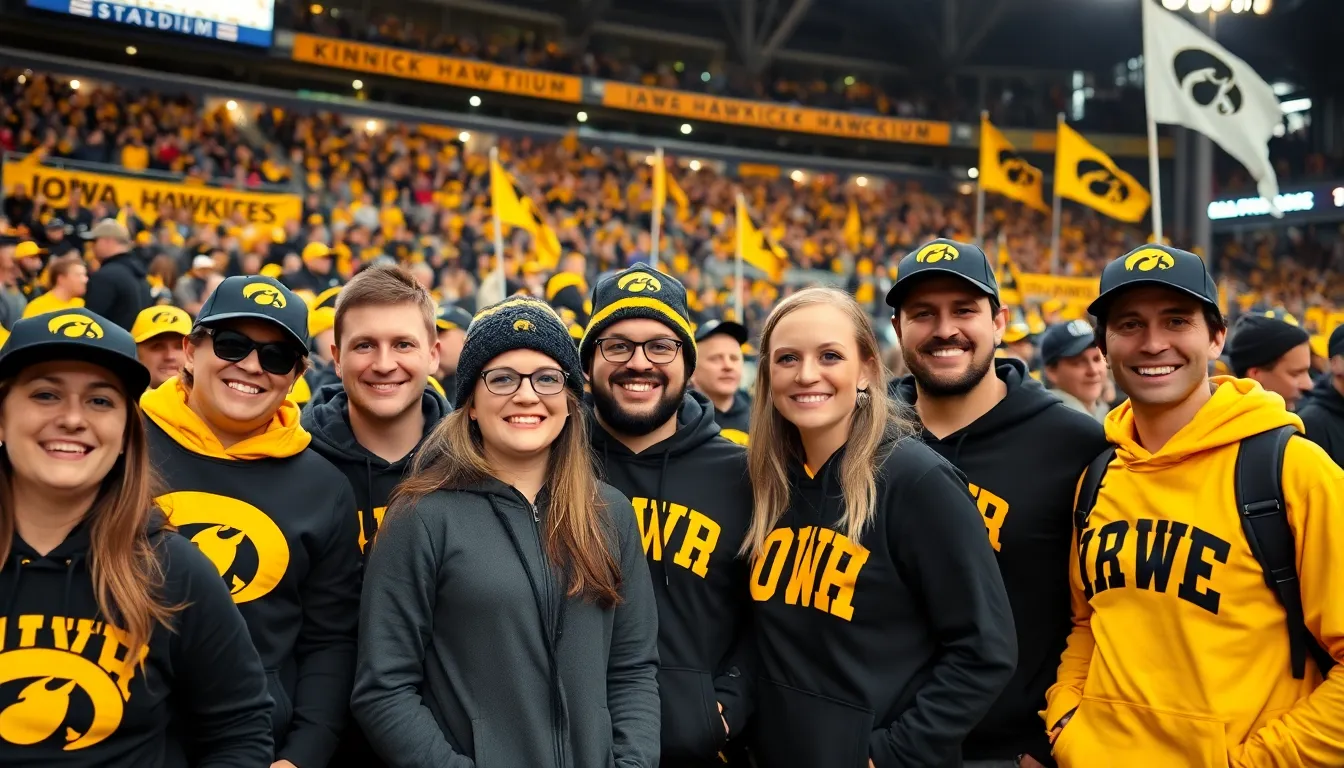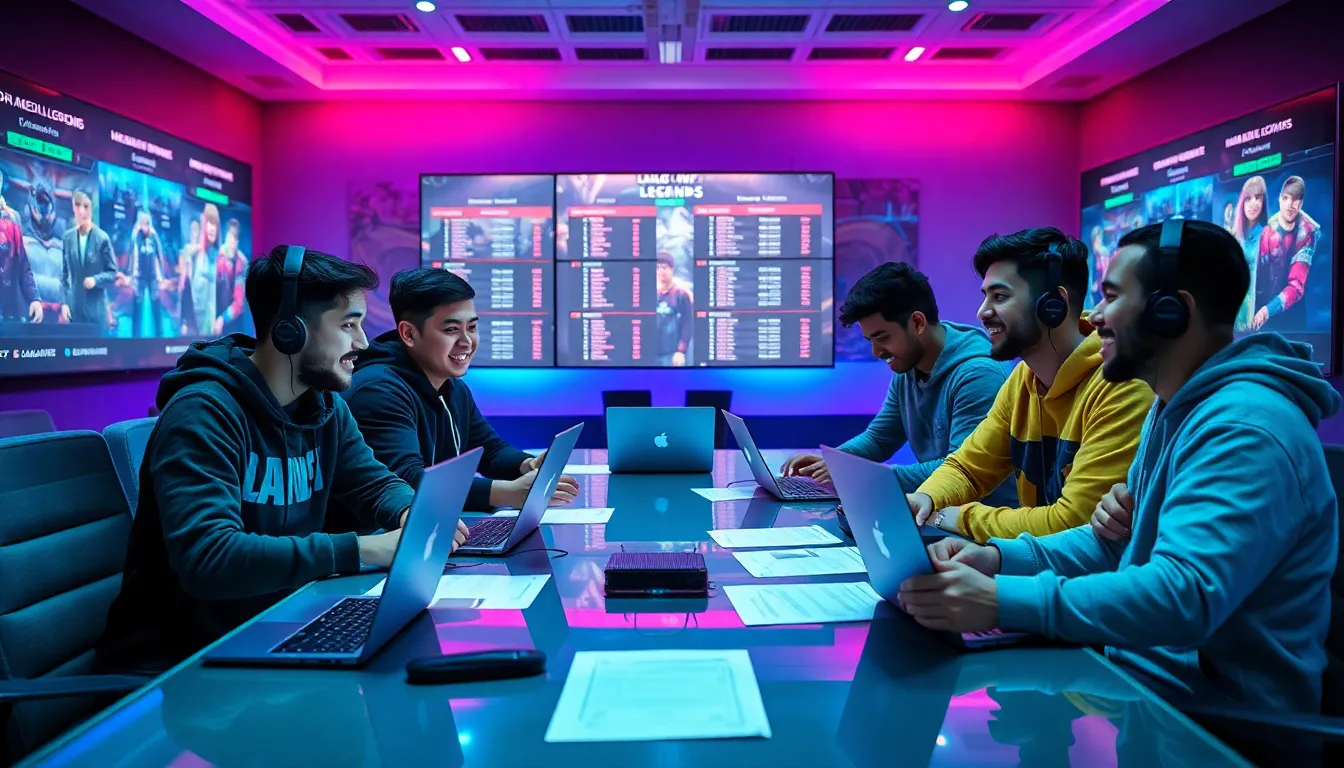Table of Contents
ToggleIn the fast-paced world of esports, social media isn’t just a sidekick; it’s the superhero cape that helps players and teams soar. As fans scroll through their feeds, they’re not just looking for highlights; they crave connection, engagement, and a sprinkle of drama. With memes flying faster than a well-timed headshot, the landscape of esports social media is evolving at lightning speed.
Understanding Esports Social Media Trends
Esports social media trends reflect evolving engagement strategies across platforms. Players leverage Twitter and Instagram to build personal brands, sharing behind-the-scenes content that fosters connections with fans. Teams utilize platforms like Facebook and Twitch for live interactions, engaging audiences during match days.
User-generated content plays a significant role, as fans create memes and share reactions that amplify community involvement. These trends reveal that audiences look for authenticity, appreciating candid moments from players and teams. Additionally, TikTok’s rise offers a new space for short, creative content that resonates with younger demographics.
Viewing analytics provides insight into fan behaviors and preferences. Metrics show that posts featuring highlights garner significant shares, while interactive content, such as polls and Q&A sessions, increases engagement rates. Brands sponsoring tournaments also shift their strategies, focusing on immersive experiences that promote fan loyalty.
Social media platforms act as vital channels for marketing and engagement, especially with the rise of streaming services. Influencers in the esports community shape purchasing decisions, making collaborations critical for brands. Growth in follower counts often leads to heightened interest in esports-related products, emphasizing the pivotal role of social media presence.
Adaptation is key in staying relevant; the hybrid model combining traditional marketing with digital strategies appears effective. New algorithms favor high-engagement content, pushing teams to innovate continually. This dynamic nature of social media trends makes it essential for stakeholders to stay updated, ensuring they capture the attention of a diverse audience.
Popular Platforms for Esports Engagement

Social media platforms play a significant role in the esports ecosystem, offering various avenues for fan interaction and engagement.
Twitch’s Influence on Viewership
Twitch stands as a primary platform for esports streaming, attracting millions of viewers to live events. Gamers often connect with their favorite players in real time, fostering a sense of community. The platform enables interactions through chats, allowing fans to discuss strategies or react to plays during matches. According to Twitch statistics, the platform had over 140 million unique monthly viewers in 2023. Engagement spikes during major tournaments, where streams reach peak viewership and generate significant conversations online. This interactive environment fuels a unique bond between players and fans, enhancing the overall viewing experience.
Twitter for Real-Time Updates
Twitter serves as a crucial tool for instant communication in the esports world. Updates about match scores, player trades, and event announcements circulate rapidly, keeping fans informed. Tweets from players, teams, and analysts often spark discussions and debates that enhance fan engagement. The character limit encourages concise content, making it easy to share thoughts and opinions quickly. Notably, events trending on Twitter can boost visibility, as hashtags connect conversations across the community. With over 400 million tweets related to esports in the last year, players and organizations effectively utilize the platform to reach their audience and maintain engagement.
Content Creation Strategies in Esports
Esports content creation thrives on a mix of engagement and entertainment tailored to audience preferences.
Streaming Strategies for Gamers
Live streaming stands as a hallmark of content creation in esports. Gamers develop personal brands through platforms like Twitch, where they showcase gameplay and interact with fans in real-time. Engaging with viewers during live streams fosters a sense of community and encourages loyalty. Gamers often utilize schedule consistency, making planned streams a staple for regular viewers. Analytics indicate that peak engagement occurs during tournament streams, emphasizing the importance of participating in live events. Gamers who share behind-the-scenes content further enrich the viewer experience and create deeper connections. Utilizing interactive features such as polls or Q&A sessions creates vibrant discussions and keeps audiences invested.
Meme Culture and its Impact
Meme culture plays a significant role in shaping the esports community. Players and fans share memes that encapsulate key moments, fostering relatability and humor. These memes often circulate widely on platforms like Twitter and Instagram, enhancing fan engagement. Fans generate content through reaction videos and image edits, which amplifies community interaction. Memes not only entertain but also serve as a means to discuss events and players in a lighthearted way. Brands now harness this viral potential by collaborating with meme creators to engage younger audiences. By integrating memes into their social media campaigns, brands tap into trending topics relevant to the esports culture, driving deeper connections with fans.
Analyzing Audience Interaction
Evaluating audience interaction reveals the effectiveness of various engagement strategies in esports.
Fan Engagement Techniques
Innovative fan engagement techniques play a vital role in the esports setting. Teams frequently host live Q&A sessions, allowing fans to interact directly with players. Memes consistently circulate among the community, fostering a lighthearted atmosphere that enhances connection. Gamers often utilize polls on social media to gauge fan opinions, increasing involvement in content creation. Notable examples include exclusive behind-the-scenes content, which attracts interest and cultivates loyalty among followers. Analytics confirm that posts featuring interactive elements, such as challenges or giveaways, significantly boost engagement rates.
Community Building through Social Media
Community building transforms how fans connect in the esports landscape. Social media platforms act as gathering spaces, facilitating interactions among fans and players. Groups dedicated to specific games or teams often form, creating vibrant hubs for conversation. Regular updates on match scores and player trades spark discussions, leading to deeper fan investment. Platforms like Discord promote real-time chat, allowing members to share experiences and strategies. Joint watch parties for major tournaments further strengthen community bonds. Strong community ties boost the overall excitement and engagement around esports events.
The Future of Esports Social Media Trends
The esports landscape will continue evolving, emphasizing the importance of social media engagement. Upcoming trends shape how players and fans interact.
Predictions for Upcoming Trends
Increased use of short-form video content is anticipated. TikTok and Instagram Reels become primary platforms as younger audiences prefer quick, engaging snippets. Live streaming innovations will gain traction as platforms enhance interactivity, likely introducing more features that allow viewers to participate in real-time events. Greater focus on authentic connections drives brands to prioritize transparency in their marketing efforts. Data suggests immersive experiences create lasting fan loyalty. Social commerce may also expand, with more esports brands selling merchandise directly through social media channels. Analysts project that communities will form around specific games, enhancing dedicated interactions.
Evolving Influencer Roles in Esports
In esports, influencer roles are becoming more prominent and diversified. Players shift from being just competitors to brand ambassadors, increasingly participating in marketing campaigns. Collaborations with influencers outside the traditional gaming sphere are on the rise, expanding audiences. As these influencers engage in various platforms, they introduce dynamic content that resonates deeply with fans. Community-driven content will flourish as influencers amplify user-generated material, promoting authenticity. Strategic partnerships between influencers and brands can lead to more personalized fan experiences. Engaging storytelling approaches empower influencers to connect on a more emotional level, fostering loyalty and trust among followers. The evolution of influencer marketing reflects the growing nexus between esports, community, and social media.
The landscape of esports social media is rapidly transforming as players and teams leverage these platforms to engage with fans in innovative ways. With an emphasis on authenticity and community interaction fans are drawn to content that resonates on a personal level. The rise of short-form video and interactive content is reshaping how brands connect with younger audiences.
As the industry evolves brands must stay agile and adapt their strategies to meet the changing preferences of fans. Building genuine relationships through engaging content will be crucial for success. The future of esports social media promises exciting opportunities for deeper connections and enhanced fan experiences.







